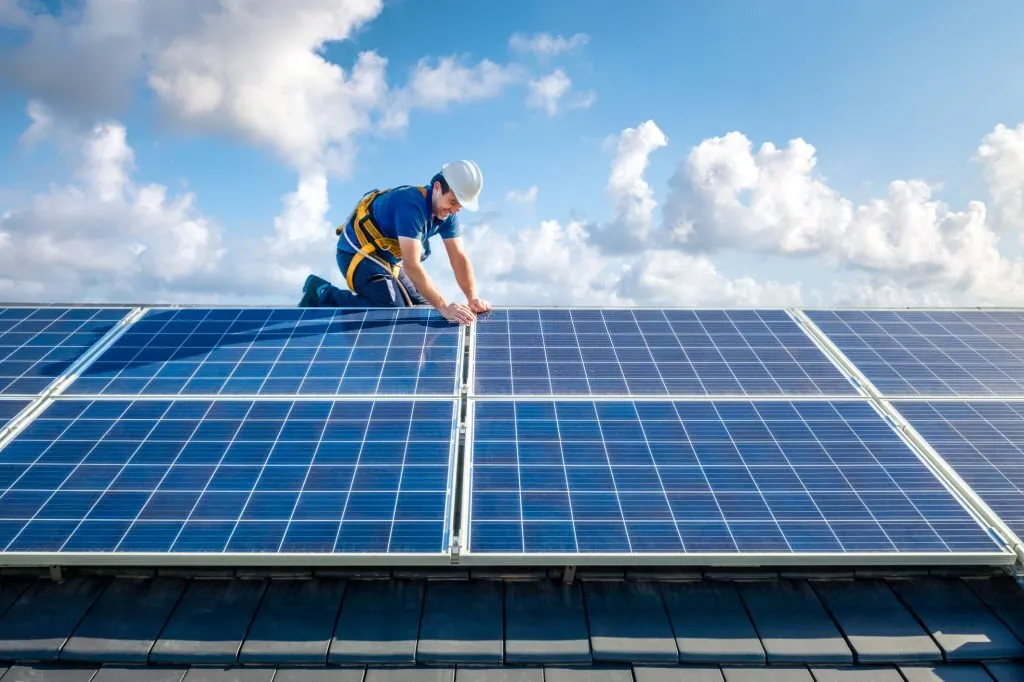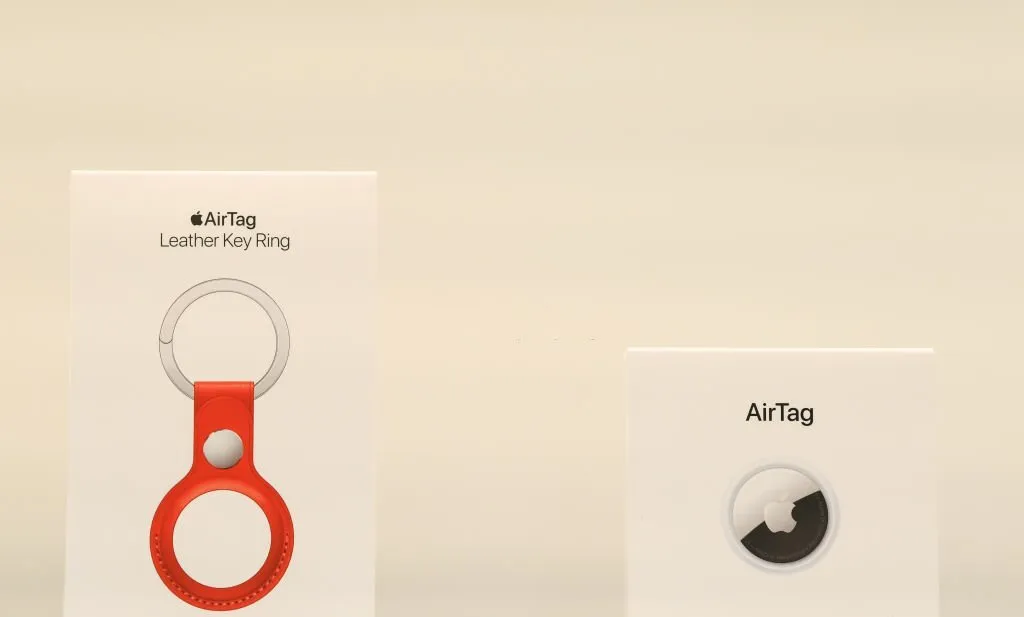Table of Contents
Are your Google Home devices offline? Learn why this might be happening and how to fix it. This guide covers common troubleshooting steps, such as restarting your router, resetting your Google Home device, and updating the Google Home app.
Get solutions to common issues that cause Google Home devices offline to disconnect from WIFI like router problems, hardware faults, and wireless interference. Learn what limited functionality Google Home has while offline like playing cached music and controlling smart home devices.
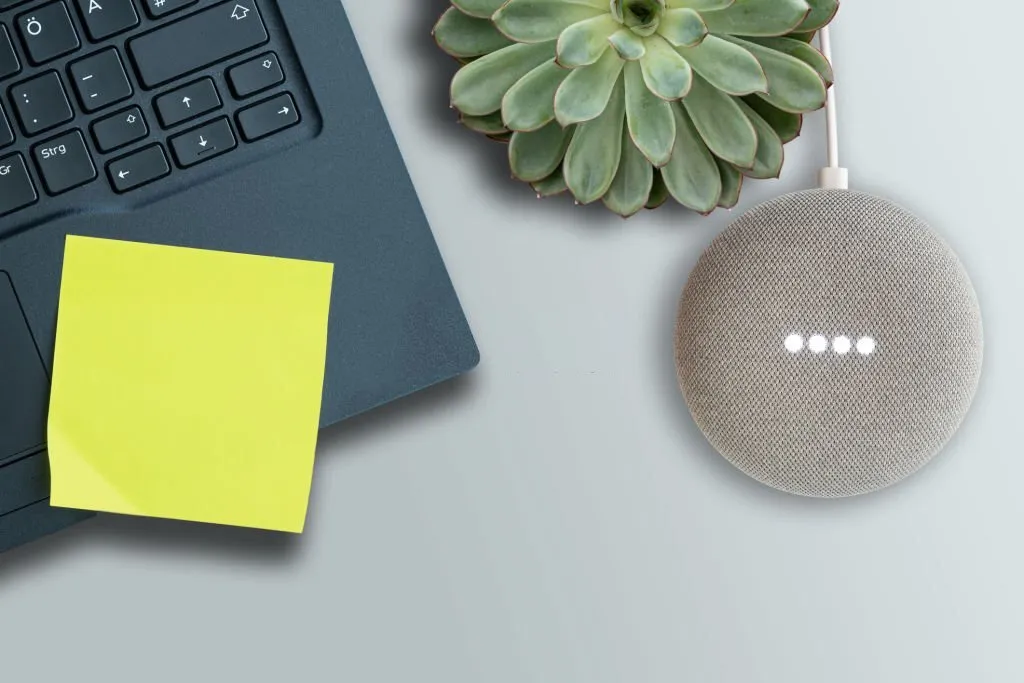
Why Google Home Devices Go Offline
Internet Connectivity Issues
One of the most common reasons your Google Home device goes offline is because of problems with your internet connection. An unstable or slow internet connection can cause connectivity issues. Power outages and ISP problems can also knock out your internet temporarily. Without an internet connection, Google Home devices offline cannot access the cloud services they rely on.
Power and Electrical Issues
Issues with power supply and electrical connections can also cause your Google Home to go offline. If the device loses power due to an electrical outage or cord getting accidentally unplugged, it will go offline. Faulty power cables and ports can also lead to connectivity problems.
Firmware and Software Issues
Outdated firmware or Google Home software bugs can sometimes lead to devices going offline. Software issues on Google’s servers can also temporarily knock out connectivity. Failing to install the latest firmware updates can leave your device prone to connectivity bugs.
Hardware Issues
Faulty hardware like WiFi antennas, defective motherboards, and broken microphones can cause various problems, including going offline unexpectedly. Physical damage due to drops or accidents can damage hardware and break connectivity.
Interference from Other Devices
Wireless interference from other WiFi networks, Bluetooth devices, cordless phones, baby monitors, and microwave ovens in the vicinity can disrupt connections. Too many devices competing for bandwidth on the same network can also interfere with Google Home’s connectivity.
Solutions for Google Home devices offline
Check Your Internet Connection
First, check if other devices connected to the same network are online. Reboot your modem and router if needed. This will help determine if the issue is with your Google Home devices offline specifically or the general internet connection.
Reset Your Router
Reset your router. This can clear up any software issues if a router firmware problem is causing connectivity issues. Reboot connected devices as well after resetting the router.
Check Power and Cables
Inspect the power cable and port for damage. Firmly plug the cable into the Google Home and electrical outlet. Consider using a different power outlet in case an electrical issue in one socket is causing problems.
Update Firmware
Go to the Google Home app settings and check for any available firmware updates. Install the latest update to fix any bugs that could be causing offline problems. Updates provide security patches as well.
Factory Reset the Device
Factory reset the Google Home device within the Google Home app or by pressing and holding the mute button. This will erase all previous data and settings that could be causing connectivity issues.
Eliminate Sources of Interference
If you suspect wireless interference, switch Google Home to the 5GHz WiFi band if available. Or move the device away from potential sources of interference like microwave ovens. Reduce WiFi congestion by limiting devices on the network.
Contact Google Support
If you’ve tried the above solutions, get in touch with Google Home customer support. They can troubleshoot in more detail and replace hardware if needed. Provide as much detail as possible about the offline issues. Click Here For More Information about negative health and fitness advertisements.
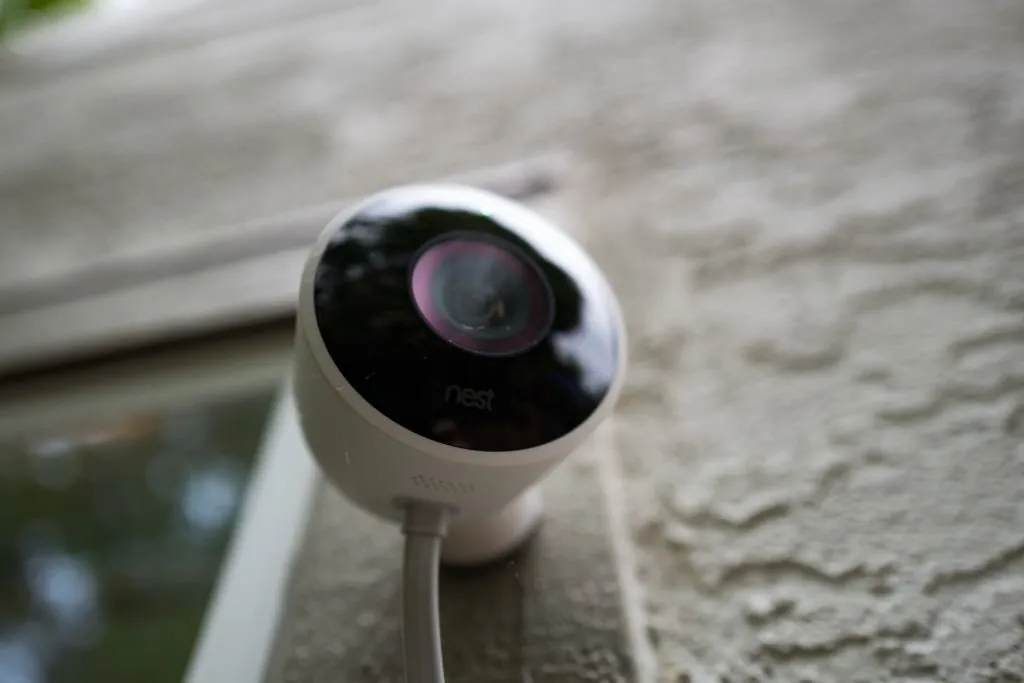
Preventing Future Connection Issues
Use a Stable Internet Connection
Connect Google Home to a fast, stable internet connection to minimize connectivity problems. Ethernet is more reliable than WiFi if feasible. Opt for high-speed cable or fiber optic plans from your ISP.
Keep Cables and Power Supply Intact
Use the original power cable that came with your Google Home. Inspect it periodically for frays or damage and replace if needed. Make sure the cable fits snuggly into the device port to avoid accidental disconnections.
Update Firmware Regularly
Don’t ignore firmware updates for your Google Home. Staying up to date prevents bugs that can lead to offline problems. Set your Google Home app to automatically install updates for convenience.
Clean Up Wireless Interference
Periodically survey your wireless environment for sources of interference like baby monitors or microwaves that could disrupt Google Home connectivity. Switch devices to wired connections or different networks whenever possible.
Set Up Multiple Google Home Devices Offline
For redundancy, set up several Google Home devices on the same network in different rooms. If one loses connection, you can still use the others unaffected by any localized connectivity issues.

Google Home Works While Offline
Play Previously Cached Music
Even when offline, you can still ask Google Home to play music you’ve recently listened to since it caches recently played songs locally. Streaming new music requires an internet connection.
Control Smart Home Devices
Google Home can still control smart home devices like Philips Hue lights when offline as communications happen directly between the Google Home and connected devices via WiFi.
Set Alarms and Timers
Simple commands like setting alarms, kitchen timers, and reminders will still work offline. Google Home does not need the internet to access these basic built-in clock functions.
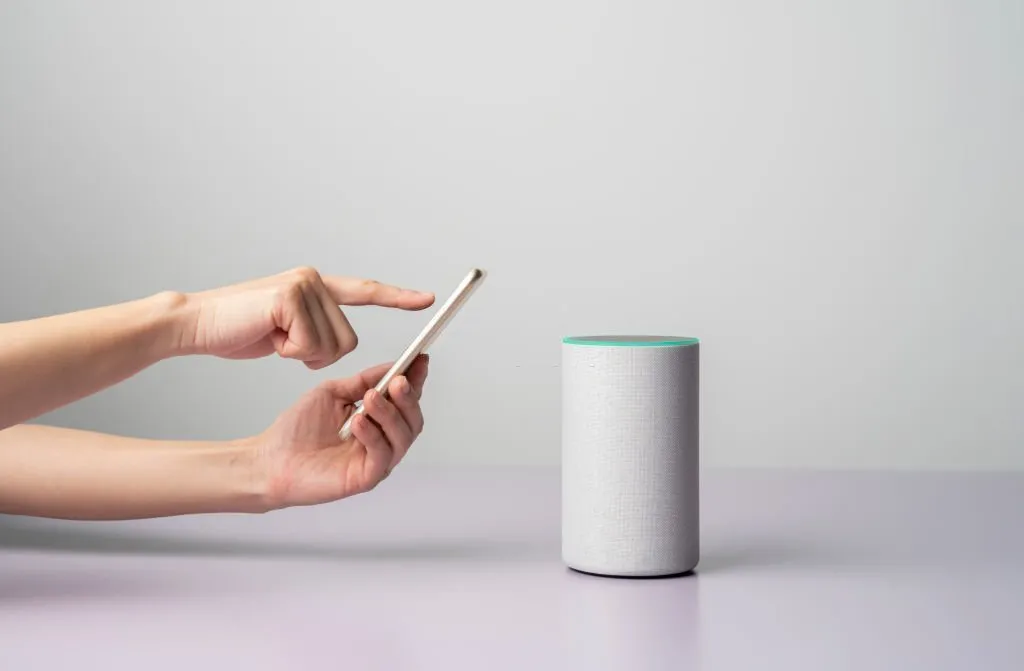
What Can Google Home Offline?
When your Google Home device loses its internet connection and goes offline, its functionality becomes quite limited. However, Google Assistant can still perform a few tasks without needing access to the cloud. Here are some things Google Home can do even when offline:
- Play music you’ve recently listened to since Google Home caches recently played songs locally. However, you won’t be able to stream new music or radio.
- Control any smart home devices like Philips Hue lights or Nest thermostats connected directly to your Google Home via WiFi. The commands are processed locally.
- Set alarms, timers, and reminders using the built-in clock functions. Simple time-based commands work offline.
- Continue any calls or messages in progress over a local WiFi network. But you can’t initiate new calls when offline.
- Listen to any third-party offline games you’ve enabled. Games that don’t require internet work offline.
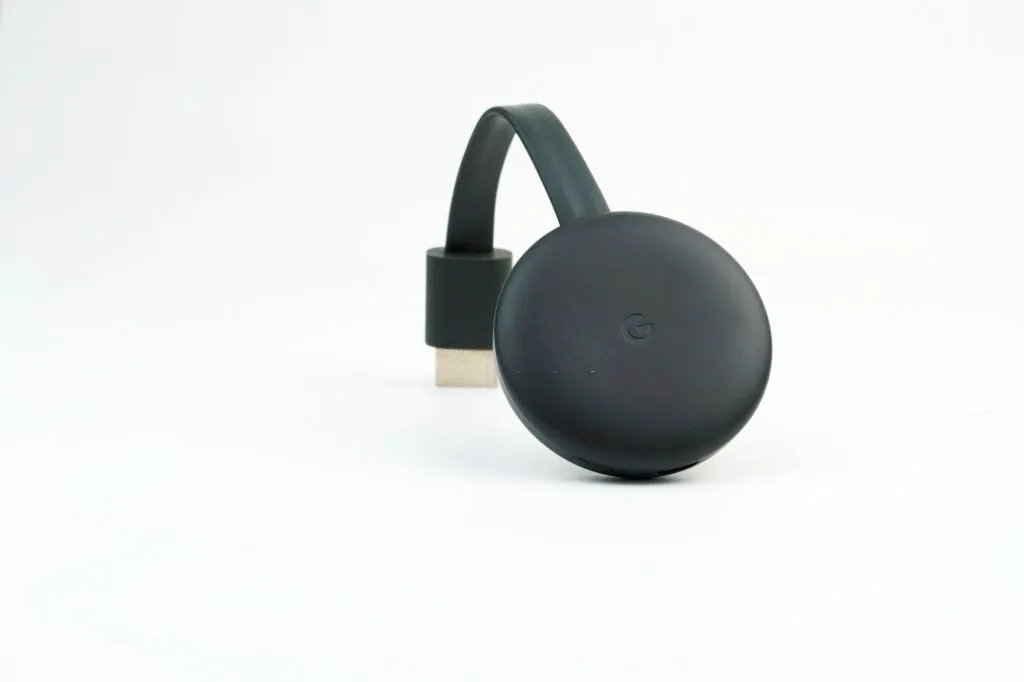
FAQs about Google Home Devices Offline
Can Google Home work offline?
Google Home has limited functionality offline. You can play cached music, set alarms and timers, and control smart home devices while offline. More advanced tasks require an internet connection.
Why does my Google Home keep losing internet connection?
Frequent loss of connection could be due to WiFi interference, distance from the router, faulty hardware, or issues with your internet service. Move the device closer to the router and away from potential sources of wireless interference.
What happens if Google Home devices offline?
You won’t be able to access cloud-dependent services like asking questions, getting weather reports, controlling Chromecast, making calls, or streaming new music. Offline functionality is very limited.
How do I reconnect my Google Home to WiFi?
In the Google Home app, go to your device settings and select “Set up WiFi” to connect to your wireless network again. Make sure to enter the correct SSID and password when prompted.
Why does OK Google not work offline?
The “OK Google” wake word detection relies on Google’s cloud speech recognition services. Without an internet connection, the device cannot respond to “OK Google” voice commands when offline.




